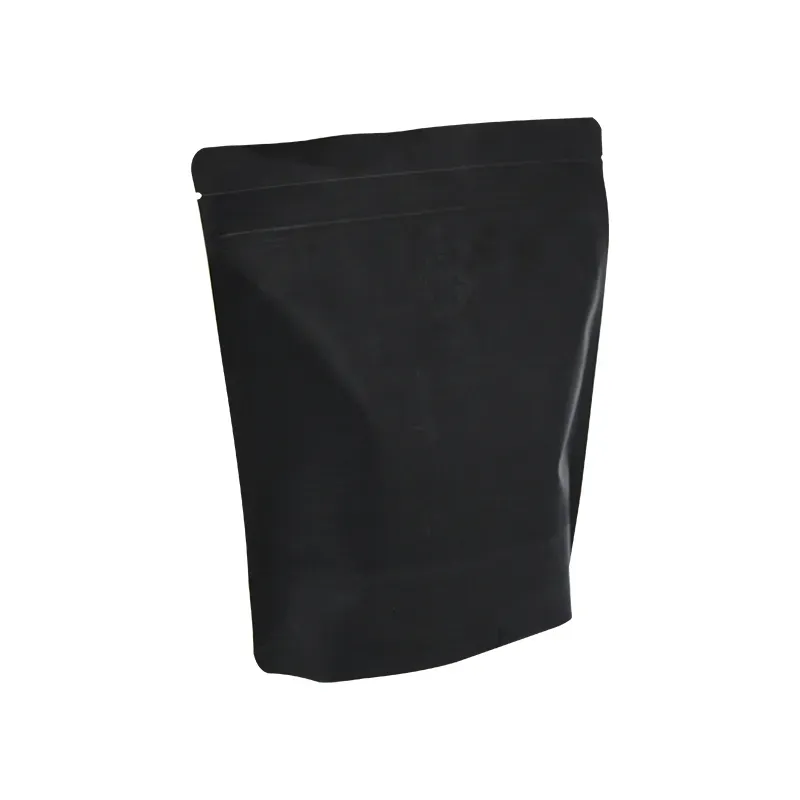- Afrikaans
- Albanian
- Amharic
- Arabic
- Armenian
- Azerbaijani
- Basque
- Belarusian
- Bengali
- Bosnian
- Bulgarian
- Catalan
- Cebuano
- chinese_simplified
- chinese_traditional
- Corsican
- Croatian
- Czech
- Danish
- Dutch
- English
- Esperanto
- Estonian
- Finnish
- French
- Frisian
- Galician
- Georgian
- German
- Greek
- Gujarati
- haitian_creole
- hausa
- hawaiian
- Hebrew
- Hindi
- Miao
- Hungarian
- Icelandic
- igbo
- Indonesian
- irish
- Italian
- Japanese
- Javanese
- Kannada
- kazakh
- Khmer
- Rwandese
- Korean
- Kurdish
- Kyrgyz
- Lao
- Latin
- Latvian
- Lithuanian
- Luxembourgish
- Macedonian
- Malgashi
- Malay
- Malayalam
- Maltese
- Maori
- Marathi
- Mongolian
- Myanmar
- Nepali
- Norwegian
- Norwegian
- Occitan
- Pashto
- Persian
- Polish
- Portuguese
- Punjabi
- Romanian
- Russian
- Samoan
- scottish-gaelic
- Serbian
- Sesotho
- Shona
- Sindhi
- Sinhala
- Slovak
- Slovenian
- Somali
- Spanish
- Sundanese
- Swahili
- Swedish
- Tagalog
- Tajik
- Tamil
- Tatar
- Telugu
- Thai
- Turkish
- Turkmen
- Ukrainian
- Urdu
- Uighur
- Uzbek
- Vietnamese
- Welsh
- Bantu
- Yiddish
- Yoruba
- Zulu
Are Silica Gel Packets Safe for Pets and Humans to Handle?
Are Silica Gel Packets Toxic?
Silica gel packets are ubiquitous in packaging. Found in shoeboxes, electronics, bags, and even food products, these small sachets often feature warnings like Do Not Eat. But what exactly is silica gel, and why is there such caution surrounding it?
Silica gel is a form of silicon dioxide, a natural mineral that is commonly found in sand and quartz. It is created synthetically for the purpose of moisture control, acting as a desiccant that absorbs water to keep products dry and prevent spoilage. The packets are typically made from porous materials, allowing them to effectively pull moisture from the air. Given this purpose, silica gel is an essential component in various industries, helping to preserve the quality of products during storage and transport.
Are Silica Gel Packets Toxic?
Despite its safety in small amounts, inhaling silica gel dust can pose health risks. Prolonged exposure to silica dust has been linked to lung health issues, including silicosis, a disease caused by the inhalation of fine silica particles. However, it is important to note that the silica gel found in packets is typically in a larger granulated form and is not considered a significant inhalation risk under normal use conditions.
are silica gel packets toxic

Furthermore, the environment in which silica gel is used plays a role in its safety. Some silica gel packets are treated with advertising or purpose-marketing chemicals, such as dyes or fragrances, which can be harmful if ingested. Therefore, it’s crucial to ensure that the silica gel packets you handle are labeled as food-safe if they are intended for use around consumables.
One common misperception is that silica gel can be reused indefinitely. While it's true that silica gel can be dried out and used again, the effectiveness diminishes over time and with repeated exposure to moisture. Many silica gel packets come with a color indicator that changes when they are saturated, signaling when they need to be replaced or recharged by drying them out in an oven.
When it comes to disposing of silica gel packets, they should not be thrown in the trash without care. While they are not hazardous waste, tossing them in places where children or pets may access them poses a risk. The best disposal method is to seal the packets in a bag or container before discarding them, preventing accidental ingestion.
In summary, silica gel packets are non-toxic and pose minimal health risks when used as intended. The warning labels are primarily meant to discourage consumption, especially by children and pets, rather than to indicate inherent toxicity. Consumers should remain cautious, keep these packets out of reach of vulnerable populations, and ensure they are using and disposing of them responsibly.
Given their usefulness, silica gel packets are a common sight in various consumer products. Understanding their properties and safe usage can help mitigate any risk associated with them and ensure these moisture-absorbing agents continue to perform their essential function without concern. Through awareness, we can navigate the world of silica gel with confidence, appreciating their role in product preservation while taking necessary precautions in our daily lives.













